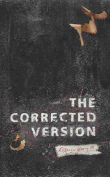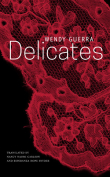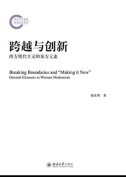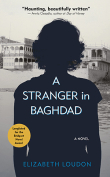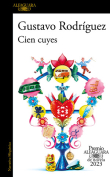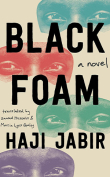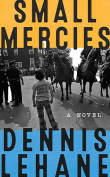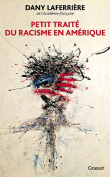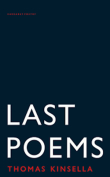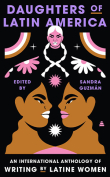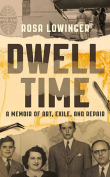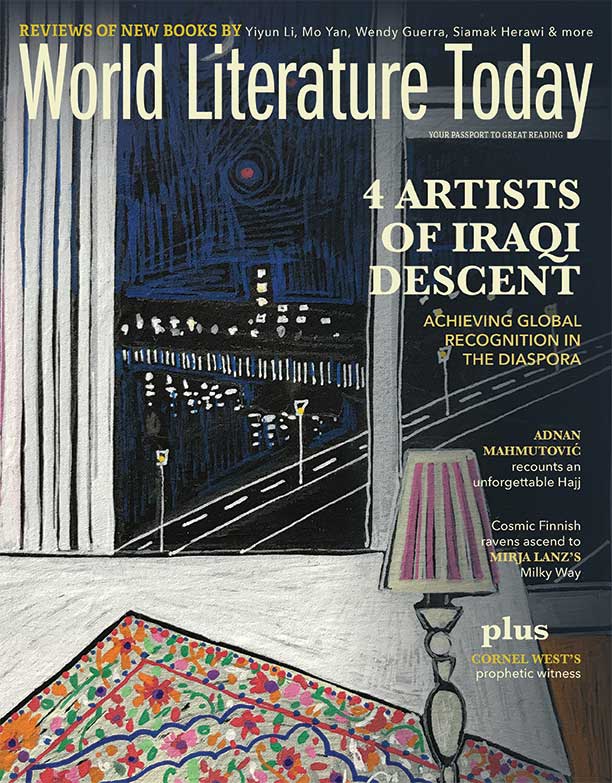Small Mercies: A Novel by Dennis Lehane
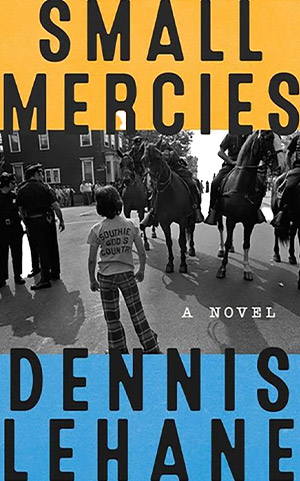 New York. Harper. 2023. 299 pages.
New York. Harper. 2023. 299 pages.
My main defense for reading so much mystery and crime fiction is that such books help sustain classic realism. Characters are set in an environment that matters. Quite often the social or natural setting has enough presence to impel certain actions. Knowing the environment is often the best way to understand the characters.
With his PI series and best-selling titles such as Mystic River and Shutter Island, Dennis Lehane is recognized as owning parts of Boston and New England. Who better, then, to create a story in the context of the 1974 racial strife in Boston, when two poor districts—one white and one Black—were ordered to bus half their high school students to the other’s school?
Lehane’s focus is on South Boston or “Southie,” with characters who seem as much extracted from Commonwealth Avenue and other streets as they are individual. Mary Pat, a single mother, balances two jobs to sustain a life for herself and her daughter. She’s no saint, quite handy with her fists, but believes in the code of the neighborhood, where folks watch out for one another. The code reveals itself as flawed when she begins to ask people about her missing daughter. As a result of asserting herself with neighbors, including members of the local Irish gang, she is warned about breaking the code herself. Most troubling for her is her suspicion that her daughter is somehow connected to the death of the son of a Black co-worker. Not that she is a liberal about race herself—her vocabulary is as racist as any other Southie—but she respects good people and recognizes her co-worker really has a better family situation than her own.
Lehane enlarges the scope: Mary Pat visits Harvard Square, to speak to her former husband. Although she has dressed up, she becomes aware of how she is perceived by the students, as “a working-class broad from the other side of the river who came into their world in her laughable Sears-catalog best.” She also meets and understands the anger of the Black parents of the young man killed by a group of teens, including her missing daughter.
In the midst of stalking a Southie mob member, responsible for whatever happened to her daughter, she phones a sympathetic police detective to try to explain how her own racism, her daughter’s racism, and South Boston’s racism is fueled by lies told to children who want nothing more than to belong. “And they tell you that’s the Way . . . you think, I want to be part of the Way. . . . I gotta live with these people my whole life. And it’s warm in there.”
Mary Pat puts herself outside the Way and the code of the neighborhood, once she realizes how her own family, her son and her daughter, were victimized because of tolerated violations of community standards. Her story, in the context of planned court-ordered desegregation of public schools, protests, and racial violence, highlights the security and pressure of living with “your own kind,” in neighborhoods segregated by housing covenants. Mary Pat’s and others’ realizations of their commonality with others, regardless of race or class, make up small flashes of mercy and hope during the dark onset of more than a decade of racial violence in Boston.
W. M. Hagen
Oklahoma Baptist University

